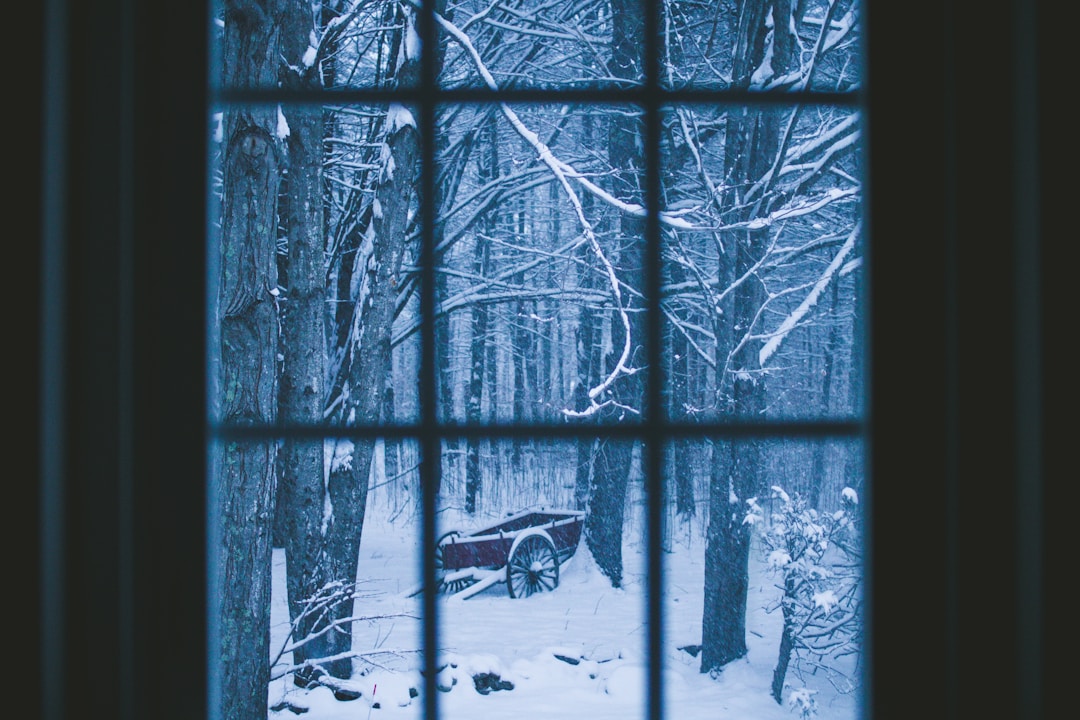As a homeowner, there’s a lot you can do to help get ready for the winter. Neglecting home maintenance before the colder months can leave you with unexpected property damage or expensive appliances to repair. Not only that, but a lack of preparation can also leave you freezing and uncomfortable if your heating and cooling systems should malfunction or break down unexpectedly.
Investing just a few hours of your time in getting ready for the cold can pay significant dividends when it comes to protecting both your home and your family through the winter. What that means depends on where you live and what type of property you own, though there are many tips that apply to any family. Keep reading for three simple ways you can get started on preparing your home for cold weather.
1. Inspect your windows and doors for cracks and crevices.

A good first step to winterize your home is to inspect your doors and your windows. Cracks and crevices that are present there can make it difficult for your heating and air conditioning systems to regulate the temperature. This is due to the fact that these gaps can allow cool air to seep in. Condensation and debris can also get in and cause damage to the interior of your home. Making sure that all of your doors and windows are sealed and well-maintained is a must before the temperature drops.
2. Have your HVAC system inspected.
Your HVAC system should be inspected annually and the filter should be changed at least once every three months. If you’re expecting intense winter weather, it’s never a bad idea to have a technician ensure your HVAC is operating at peak efficiency before the season changes. There are three primary causes for frozen air conditioner coils, and one of them is unexpectedly low outdoor temperatures. The effects of winter weather on your home and appliances can be serious and more widespread than most homeowners realize. Luckily, all of these problems can be remedied easily by having a technician repair your HVAC system.
It can be a good idea to make use of a programmable thermostat in the colder months to ensure that your home stays warm without using too much energy and driving up your utility bills. A smart thermostat can help save you money on your energy bills by making sure you’re only using your HVAC system when you must.
3. Check the condition of your roof.

Your roof is another part of your home that should be inspected regularly. Look for signs of weathering or aging, storm damage, and any areas that are vulnerable to leaks. Your goal should be to identify any current or potential damage and ensure that any needed repairs are made that will keep your roof sturdy and secure through the winter. If you’re not sure what to look for or if it’s been a while since you had your roof inspected, consider calling in a professional roofing expert.
While it’s impossible to know what the winter months will bring, it’s important for every homeowner to take steps to keep their home safe. It’s worth it to be proactive, especially when it comes to home maintenance if you want to avoid unexpected repairs or safety hazards. Thoroughly inspect your home before the change in seasons every year, and hire a professional to check on the condition of appliances like your HVAC system and outdoor fixtures like your roof.
Don’t wait until the fall to attempt to address any structural issues before the winter arrives. There are few things more worth investing in than your house, especially before a particularly challenging winter. You won’t regret spending energy on feeling confident in the safety and security of both your family and your home.








